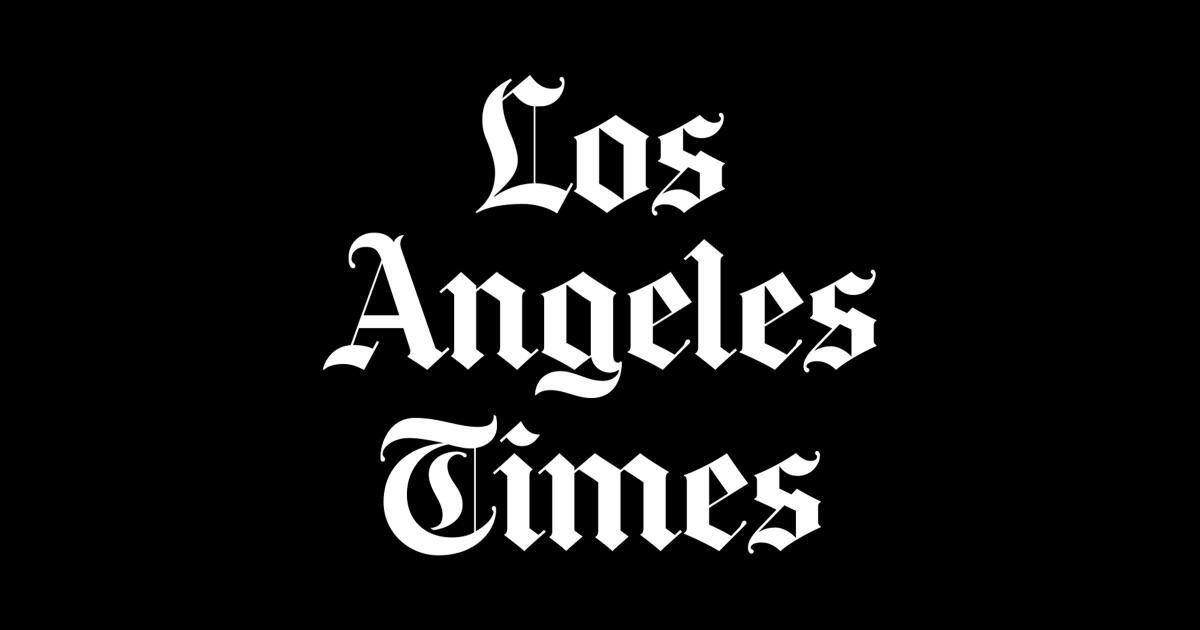Meta-Discussion: How Much does a Park Cost, Anyway?
So, with this timeline’s Disney now involved in building (or preparing to build) three parks of various sizes and yet another new EPCOT pavilion, the natural question to ask is “how does Disney pay for this all?” Clearly Disney is better off than in our timeline at this point thanks to Henson kickstarting the Renaissance earlier on top of the as-per-our timeline changes to the parks and operations by Frank Wells, but is it enough to pay for all of this?
It’s not like you can just print your own money, right?
Well, yes and no. Disney Studios has probably brought in about three-quarters of a billion dollars more than in our timeline (I’m not familiar enough with the costs of distribution and how profits are shared with investors to make a fully accurate estimate), but they’re also spending more on new productions and new investments in computer technology and effects (with the Imagine, Inc., computers also bringing in income). Also, the parks have probably brought in roughly the equivalent of our timeline in the same span plus perhaps up to 5-10% more due to the popular new attractions and merch for franchises from this timeline like
Ghostbusters,
Back to the Future, Marvel,
Totoro, and Thomas. Again, I’m only roughly estimating here. I never claimed to be an economist.
Let’s call it roughly $850 million more in profits than in our timeline.
By the early 1990s in our timeline, Disney had built EuroDisney to the tune of $5.2 billion total (originally budgeted for $1.1 billion) with a $700 million loan and $400 million to support the costs of infrastructure[1] provided by the French Government). But with France footing much of the costs, Disney likely spent about 25% of this total, or roughly $1.3 billion out of pocket. The park itself (technically the dedicated company that operated it) was saddled with over $4 billion in debt right out of the gate, though, which along with lower-than-expected visitor numbers (the proximity to Paris led Disney planners to extremely optimistic attendance predictions) put EuroDisney on the verge of bankruptcy right from opening day, requiring Disney to sell off much of their stake in EuroDisney to a third-party investor and invest more money into improvements in order to stave off failure.
Disney by this point in our timeline had also built Disney-MGM Studios at the cost of $500 million, and Typhoon Lagoon for a mere $2.14 million. Pleasure Island’s costs I can’t find, but I estimate it cost roughly $5-20 million all said. They later spent $1.1 billion on Disney’s California Adventure (originally budgeted at $600 million).
They built one new World Showcase pavilion (Morocco) and the Living Seas and Wonders of Life Pavilions, each of which cost an average of $200 million (roughly the average cost of an EPCOT pavilion, + or - $50 million), with some of it covered by the national or corporate sponsor (GE paid a reported $50 million to help build Horizons). Call it $150 million total each for Disney.
Total Disney parks investment from our timeline by the mid-1990s was thus just over $3.4 billion, and with EuroDisney about $4 billion in debt from the start.
Now, in this timeline Disney is building Disneyland Valencia, ultimately to cost about $3.5 billion, and in this case the Spanish Government has shared 33% of the costs, given the land for free (and property tax free for several years), and is taking advantage of the $800 million per year in EEC “Cohesion” funds for infrastructure to cover all of the roads, rail, port expansions, and some of the utilities and wetlands protections. But in this case Disney has absorbed more of the cost since Spain is far less rich than France in 1988-1992, and thus Disney has absorbed roughly $1.8 billion in debt. They will hypothetically make more profit in this arrangement than with EuroDisney since 1) they own more of the park and 2) the operating costs are lower thanks to cheaper labor and less debt carried by the park itself, but the debt on Disney is considerable.
Disney in this timeline also built Typhoon Lagoon, albeit spending a total of $3.5 million to make it grander and more immersive. They’ve built
two World Showcase pavilions (Israel and Morocco) and the Living Seas, Living Body, and Entertainment EPCOT Pavilions, each of which will cost Disney an average of $150 million when the national or corporate sponsorship is accounted for.
They’re also building Disneytown, Philadelphia. Based on the costs of similar sized projects (e.g. Sesame Place), I estimate that it will cost around $25 million to build. Depending on the location (many will repurpose existing structures) future Disneytowns will average $10-30 million to build.
Port Disney and DisneySea at Long Beach, CA, were together projected to cost $2.8 billion total.
Altogether, assuming that DisneySea stays within predicted costs, this ends up costing Disney roughly $4.8 billion, which when combined with the roughly $850 million more in profits compared to in our timeline is a net $400 million more debt burden than Disney had at this point in our timeline. Not enough to cause real difficulty for a multi-billion-dollar company, but less than optimal to say the least.
All stuff to keep in the back of your mind going forward.
For additional reference, in our timeline Disney’s Animal Kingdom cost $600-800 million in 1995, DisneySea Japan cost about $2.2 billion in 2001, and Hong Kong Disneyland, which required extensive land reclamation in an area where land and labor is already ludicrously expensive, cost a whopping $3.5 billion by some estimates, with the taxpayers of Hong Kong covering much of it. And WestCOT, for further reference, was projected to cost $2.5-3.2 billion, depending on the plan used.
Let the wild speculations begin!
[1] Includes France’s promise to construct a TGV stop at the Resort’s front entrance and to expand the A-4 freeway.

